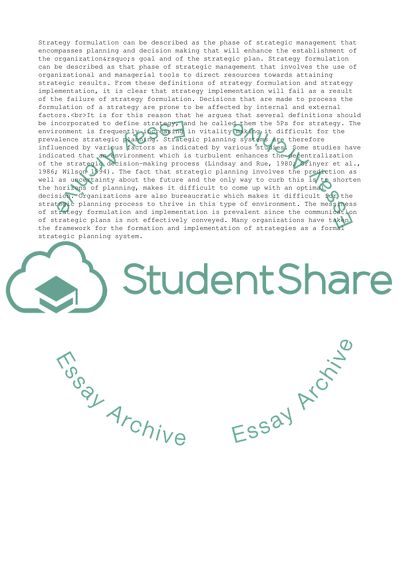Cite this document
(Strategy Formulation and Cogency of Arguments by Mintzberg Literature review - 22, n.d.)
Strategy Formulation and Cogency of Arguments by Mintzberg Literature review - 22. Retrieved from https://studentshare.org/management/1678135-strategic-management
Strategy Formulation and Cogency of Arguments by Mintzberg Literature review - 22. Retrieved from https://studentshare.org/management/1678135-strategic-management
(Strategy Formulation and Cogency of Arguments by Mintzberg Literature Review - 22)
Strategy Formulation and Cogency of Arguments by Mintzberg Literature Review - 22. https://studentshare.org/management/1678135-strategic-management.
Strategy Formulation and Cogency of Arguments by Mintzberg Literature Review - 22. https://studentshare.org/management/1678135-strategic-management.
“Strategy Formulation and Cogency of Arguments by Mintzberg Literature Review - 22”, n.d. https://studentshare.org/management/1678135-strategic-management.


